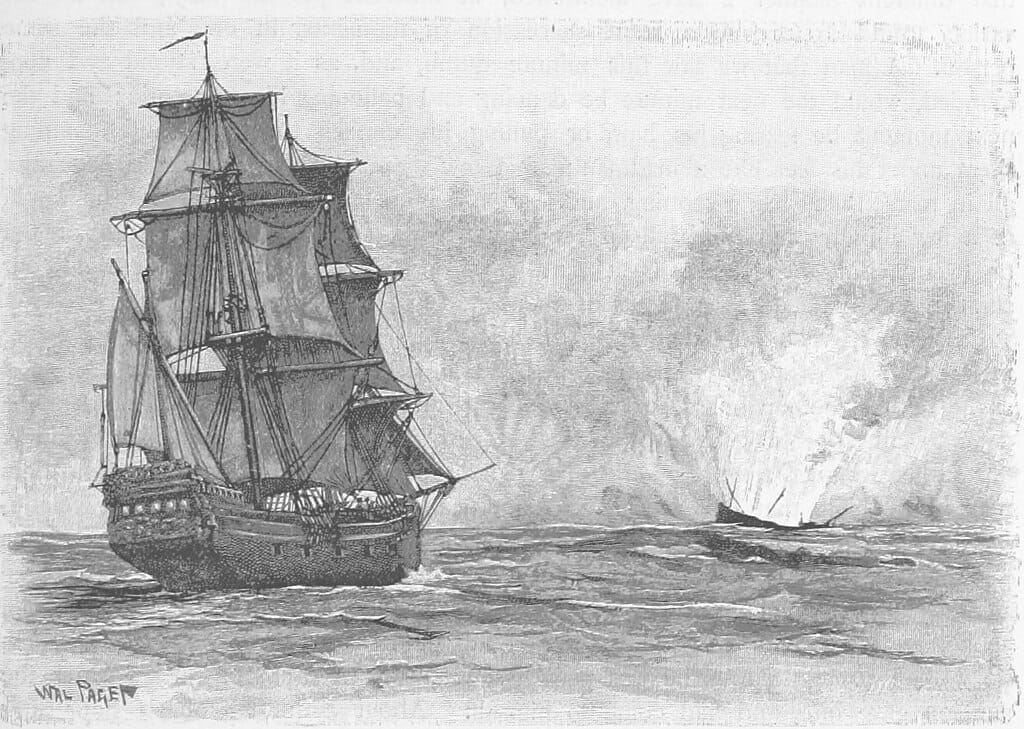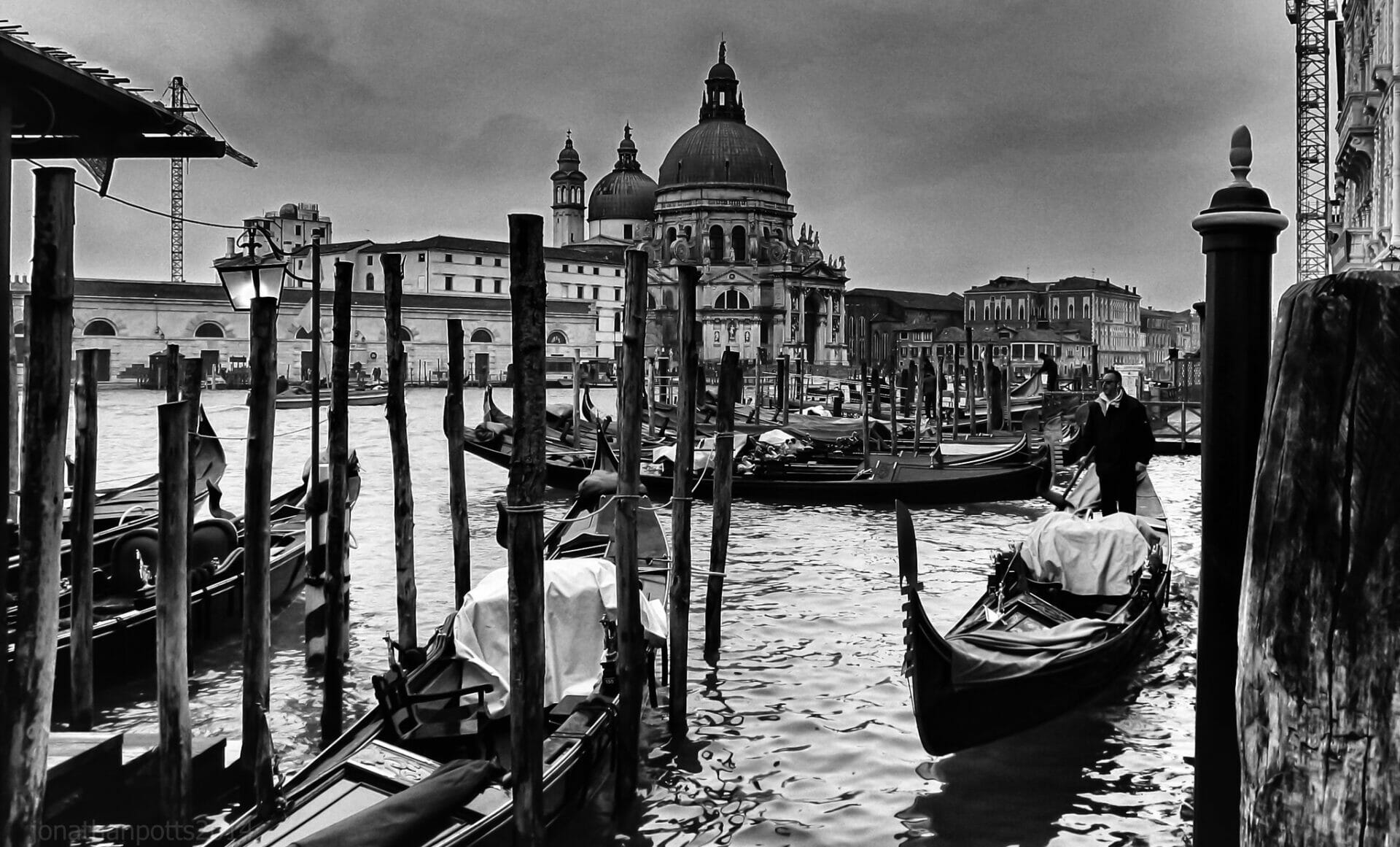
The Tale of the Unknown Island | Dreaming the impossible
Author
Year
Format
The Tale of the Unknown Island is a short story written by Portuguese Nobel prize-winning writer José Saramago. Published in 1997 and translated in English two years later, this illustrated, less-than-50-page book is set in an undefined land in an unspecified time. Even the protagonist is unnamed – and readers don’t need to know his name. The hero is a man with a strong desire: “to go in search of the unknown island”. To follow his dream, he needs to ask the king for a boat. And so he does.
Famous for novels like Blindness, Baltasar and Blimuda and The Double, Saramago was the first Portuguese-language writer to win the Nobel Prize (1998). He only became a major literary figure at the age of 60: his works not only include novels but also poems, essays and plays. In 2017, Ellen McDougall and Clare Slater adapted The Tale of the Unknown Island for the stage.
A man with a strong will
The plot is simple, linear and straightforward. The first lines of The Tale of the Unknown Island are similar to those of the stories included in One Thousand and One Nights, the famous collection of Middle Eastern and Indian folk tales.
“A man went to knock on the king’s door and said, Give me a boat. The king’s house had many other doors, but this was the petitioning door.”
After an unnecessarily complicated bureaucratic process, the man who wants a boat finally manages to speak to the king. At first, the monarch protests, arguing that there are no more unknown islands in the mapped world. But the man is persistent and confident that “only the known islands are on the maps“. In the end, the king allows his vassal to go to the harbormaster and ask for a boat.
Struck by his bravery and strong will, the king’s cleaning woman realises it’s time to change jobs. She thus walks through the door of decisions, exits the palace and joins the man in his adventure. Together they begin a new journey. And although they have no provisions or crew, they will always have their dream and courage. They will always have their unknown island, no matter whether it exists or not. And they will always have each other, of course.
Dream your own dream
Written with a simple yet elegant language, The Tale of the Unknown Island lacks punctuation and conventional paragraph breaks. As in all his other major novels, Saramago uses only commas and full strops. “Punctuation is like traffic signs, too much of it distracts you from the road on which you travel”, he once said.
His writing floats and rushes through the pages of The Tale of the Unknown Island, to the point that the story resembles an imaginary vision. The last few pages are an account of the man’s dream: fantasy and reality overlap, and the boat itself becomes the unknown island that “finally sets to sea, in search of itself”.
The novel is an example of Saramago’s “parables sustained by imagination, compassion and irony“, praised by the Swedish Academy in 1998. The story of the unnamed man could be the story of each and every person. It is an invitation to take control of your life. And dream your own dreams.
Tag
Buy a ☕ for Hypercritic









